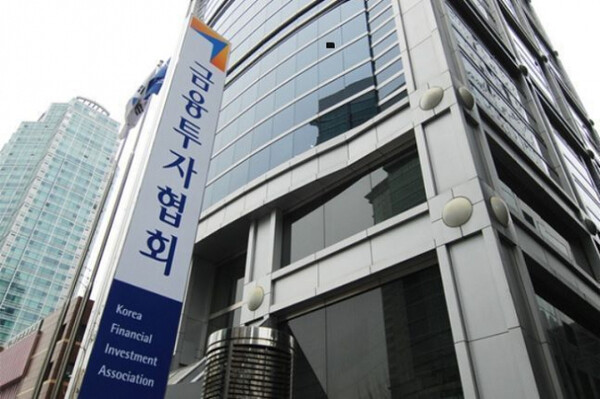Introduction
At the start of last month, government bond yields in Korea were on an upward trajectory due to the sharp increase in U.S. Treasury yields. However, by the end of the month, yields on Korean government bonds had plummeted across all maturities compared to the previous month. This shift was influenced by monetary policy decisions from both the U.S. Federal Open Market Committee (FOMC) and the Bank of Korea's Monetary Policy Committee, which each cut their benchmark interest rates.

Yields and Bond Prices
According to the "November OTC Bond Market Trends" report released by the Korea Financial Investment Association on Dec. 10, the yield on 3-year government bonds stood at 2.607% per annum as of the end of last month, down 20.4 basis points (1bp = 0.01 percentage points) from the end of October. During the same period, the yields on 5-year (2.650% per annum) and 10-year (2.751% per annum) government bonds also fell by 23.7bp and 24.1bp, respectively.
Foreign Investment and Trading Volume
The decline in yields was accompanied by a notable increase in bond prices, which led to heightened demand for profit-taking. Consequently, the net purchase volume by foreign investors decreased by more than 12 trillion won compared to October. Foreign investors made net purchases of domestic bonds totaling 1.44 trillion won last month, a figure nearly 90% lower than the net purchase volume of 13.638 trillion won in October. Despite this decrease, the balance of domestic bonds held by foreign investors increased by 1.1 trillion won from the end of the previous month, reaching 270 trillion won.
Corporate Bond Market
In the corporate bond market, there were a total of 25 demand forecasts last month. The volume increased by 1.861 trillion won compared to the same month last year, reaching 2.251 trillion won. The amount of participation in demand forecasts increased by 4.08 trillion won from the same month last year, totaling 5.762 trillion won. However, the participation rate, calculated by dividing the amount of participation in demand forecasts by the demand forecast amount, was 256.0%, down 193.7 percentage points from the same month last year.
Conclusion
The significant decline in government bond yields across all maturities at the end of last month can be attributed to the coordinated monetary easing by the FOMC and the Bank of Korea. These interest rate cuts were aimed at stimulating economic growth by making borrowing cheaper, a common strategy employed by central banks during periods of economic uncertainty.









Comments